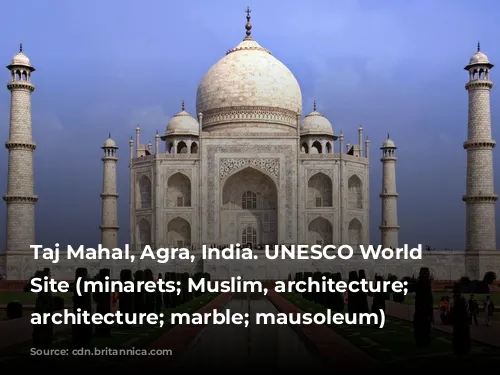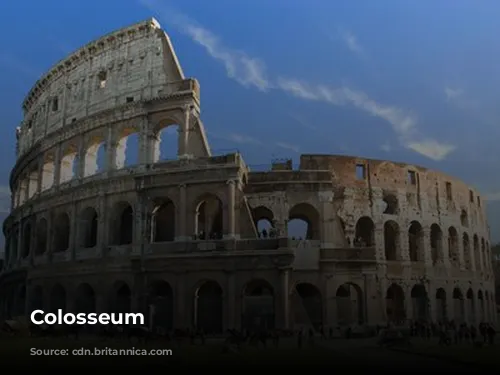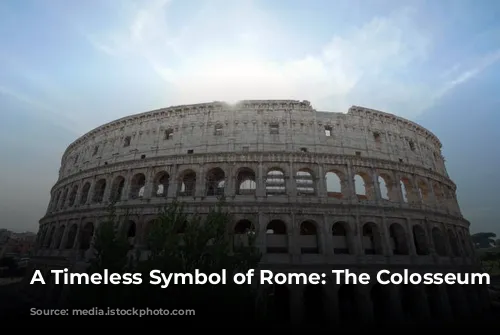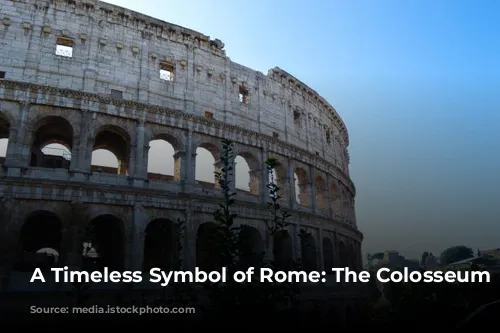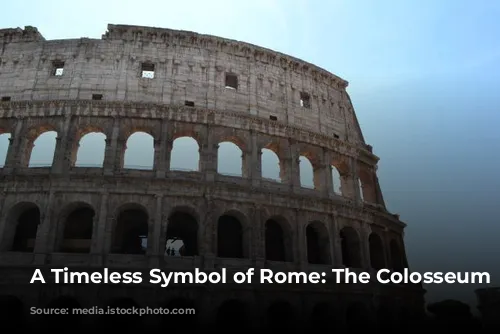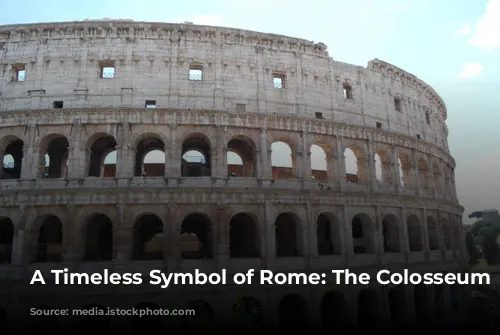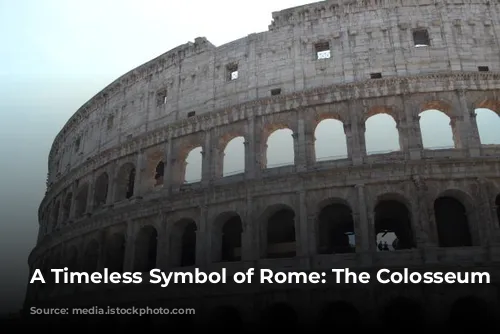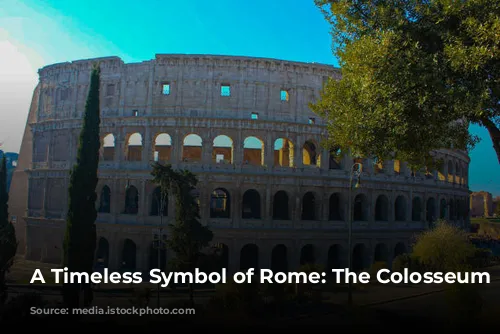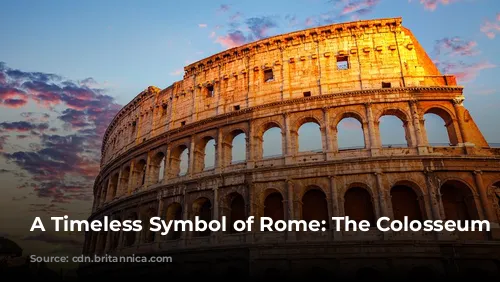The Colosseum, a magnificent structure that has withstood the test of time, stands as a testament to the architectural brilliance and engineering prowess of ancient Rome. Today, it’s more than just a historical landmark; it’s a major source of tourism revenue for Italy, attracting millions of visitors every year.
In 2018 alone, the Colosseum, along with the Roman Forum and Palatine Hill, brought in over €53.8 million, making it the most popular tourist destination in Italy. The Colosseum’s allure is undeniable, captivating the imagination of visitors from all corners of the globe.
From Arena to Fortress: The Colosseum’s Evolution
The Colosseum’s story is a tapestry woven with threads of grandeur, decay, and rebirth. After the fall of the Western Roman Empire, the Colosseum fell into a state of disrepair, its once-glorious facade marred by neglect. For centuries, it served as a fortress for warring families and was even plundered for building materials.
The 12th century saw the Frangipane and Annibaldi families using the Colosseum as their stronghold, its majestic arena transformed into a battleground. Later, in the 15th century, Pope Alexander VI granted permission for the Colosseum to be used as a quarry, a decision that further accelerated its decline.
Only in the 1990s did state-funded restoration efforts begin to breathe life back into this architectural masterpiece. After over a millennium of neglect, the Colosseum was finally being given the attention it deserved, a testament to the enduring legacy of this iconic structure.
A Symbol of Imperial Power: The Colosseum’s Construction
The Colosseum’s birth can be traced back to the tumultuous year of the four emperors, 69 CE. Emperor Vespasian, in an effort to revitalize Rome after a period of political upheaval, envisioned the Colosseum as a grand spectacle, a testament to the power of the Roman Empire.
Inspired by other amphitheaters, Vespasian intended the Colosseum to be a venue for entertainment, a stage for gladiatorial contests, thrilling animal hunts, and even mock naval battles. This was a bold endeavor, one that would leave an indelible mark on Roman history.
Construction began under Vespasian’s rule between 70 and 72 CE. His son and successor, Titus, dedicated the completed structure in 80 CE. The Colosseum’s final touch, the fourth story, was added by Emperor Domitian in 82 CE. It is worth noting that the Colosseum was financed using the spoils from Titus’s conquest of Jerusalem, a stark reminder of the Roman Empire’s power and its impact on the world.
An Architectural Masterpiece: The Colosseum’s Design and Construction
The Colosseum, also known as the Flavian Amphitheatre, is a colossal elliptical structure built of stone, concrete, and tuff. Standing four stories tall at its highest point, it measures an impressive 620 by 513 feet, capable of holding up to 50,000 spectators.
Its construction involved a complex system of barrel vaults and groin vaults, a feat of engineering that was remarkable for its time. The Colosseum’s exterior boasts three stories adorned with arcades framed by columns in the Doric, Ionic, and Corinthian orders, a distinctive feature that influenced Renaissance architecture.
The main structure and facade were built using travertine, a durable stone, while volcanic tuff was employed for the secondary walls. Concrete formed the inner bowl and arcade vaults, showcasing the Romans’ mastery of this versatile building material.
A Stage for Spectacle: The Colosseum’s Use and Legacy
The Colosseum was more than just a building; it was a stage for spectacle, a place where Romans gathered to witness gladiatorial combat, thrilling animal hunts, and even elaborate mock naval battles. To shield spectators from the scorching sun, a massive retractable awning, known as a velarium, was ingeniously designed. Supported by masts extending from the Colosseum’s top story, it required the skill of hundreds of Roman sailors to manipulate the rigging that controlled its movement.
The Colosseum’s legacy is undeniable. It is a testament to the Roman Empire’s power, its architectural brilliance, and its enduring appeal. The structure continues to enthrall visitors from all walks of life, a reminder of the vibrant culture and history of ancient Rome.
